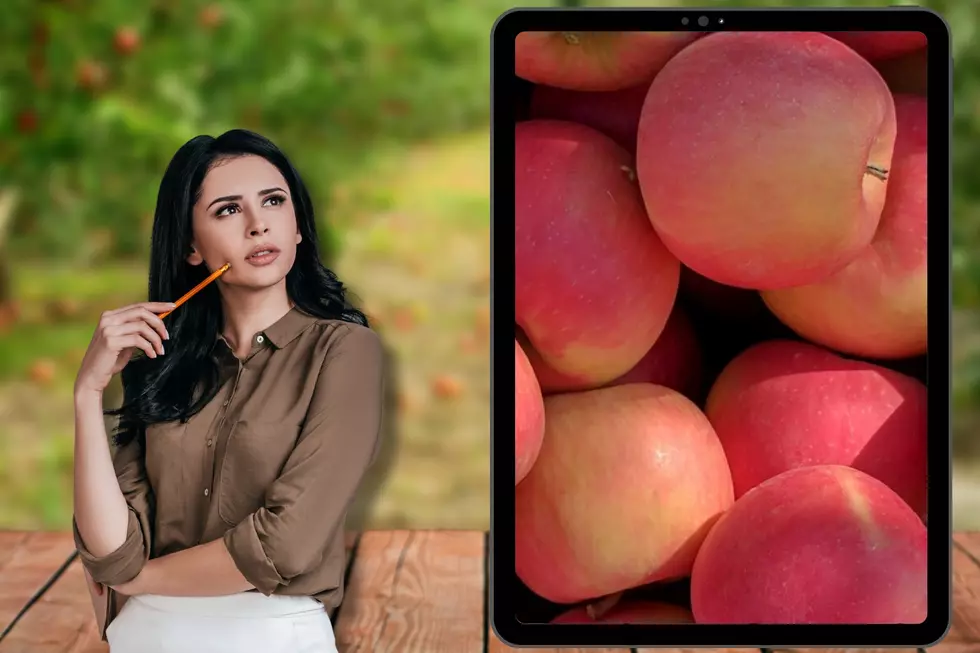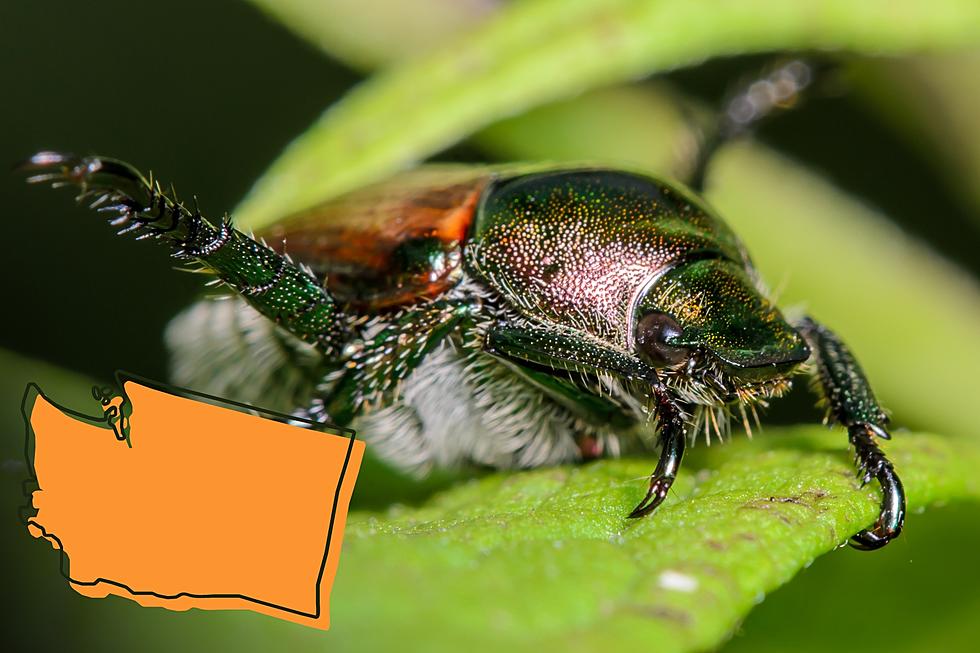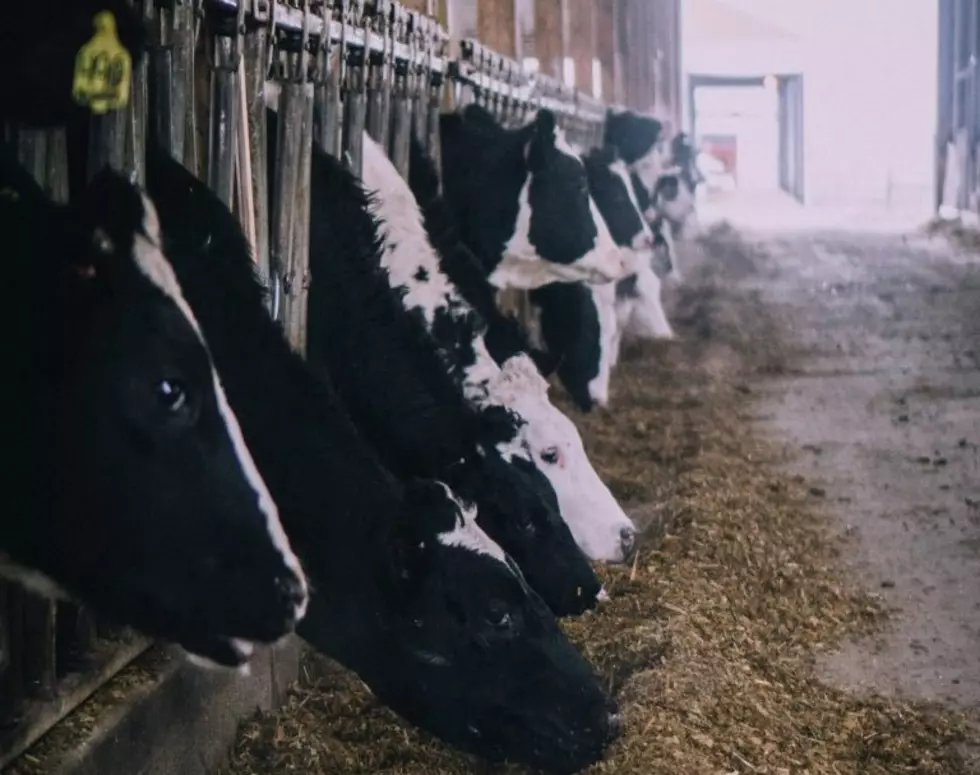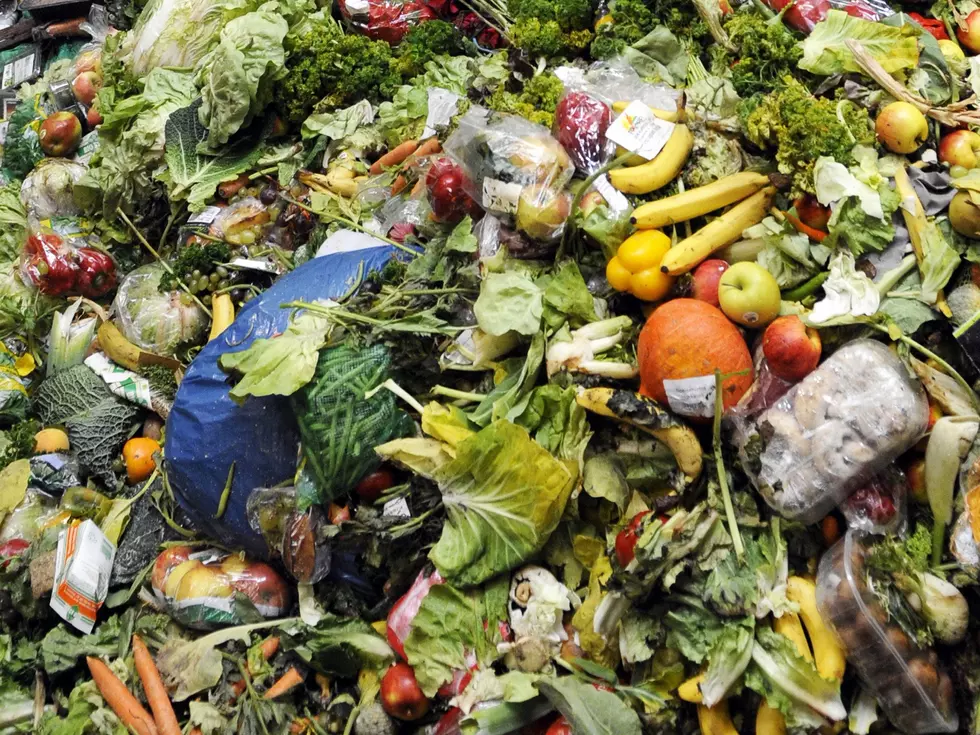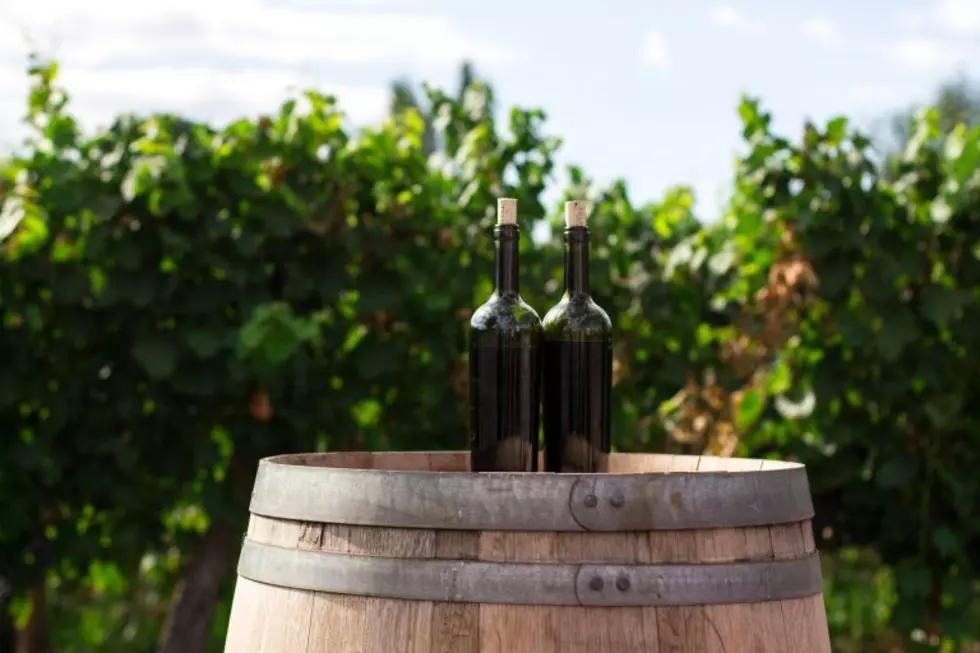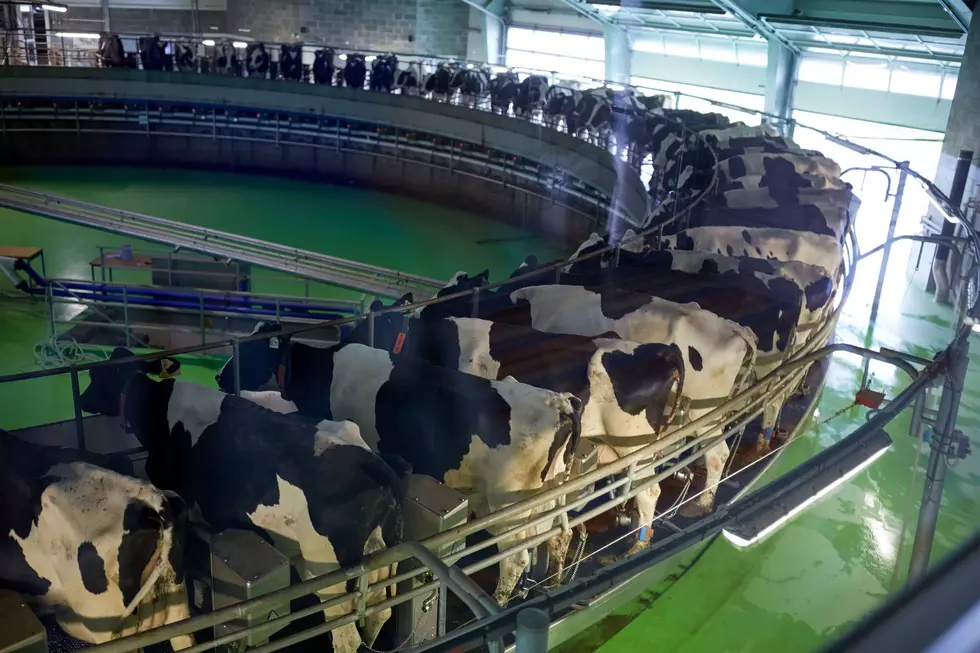
WSU: Little Cherry Disease At Epidemic Levels
Washington State University says 2018 was been a particularly bad year for the spread of Little Cherry Disease across the state. Cases of both the Western X phytoplasma and Little cherry virus-2 are well into epidemic levels across the state. The incidence in individual orchards varies considerably, from a few scattered trees, often on the edges of a block, to 100% incidence in heavily hit areas.
The only good news, WSU officials pointed out, is that Little cherry virus-1 continues to be rare, which may be due to the absence of an insect vector. Western X is the major cause of little cherry disease in the Columbia basin, spanning Yakima, Benton, and Franklin counties. Little cherry virus-2, while present, is not very common. The opposite occurs as you head north into Grant, Chelan and Okanogan counties, where Little cherry virus-2 is the most common, with lower incidence of Western X.
This may be due to differences in vector population composition and/or dynamics in these two areas, or a geographic barrier such as the hills and mountains north of Yakima or Mattawa. We have also recorded Western X phytoplasma in peaches and nectarines in the Columbia Valley area; whether this is the result of movement to or from cherries requires further study.
There are no easy or painless ways of dealing with this disease. It will take a concerted approach of management of vectors, removal of infected trees, and replacement of removed plantings from pathogen-free sources. It’s also going to take a community-based approach because what you do affects your neighbors, and vice-versa. Work with your neighbors to identify and remove infected trees, and ensure that you ask about, or check, the replacement planting stock you use. As always, contact your local extension agents for advice what is going on in your area.
If you have a story idea for the Washington Ag Network, call (509) 547-1618, or e-mail gvaagen@cherrycreekradio.com
More From PNW Ag Network
